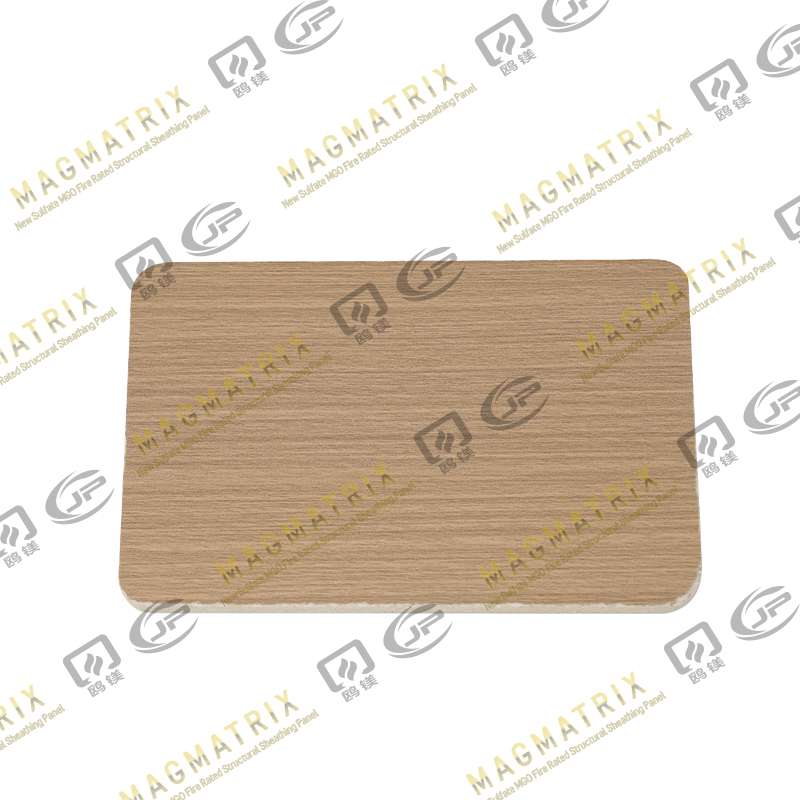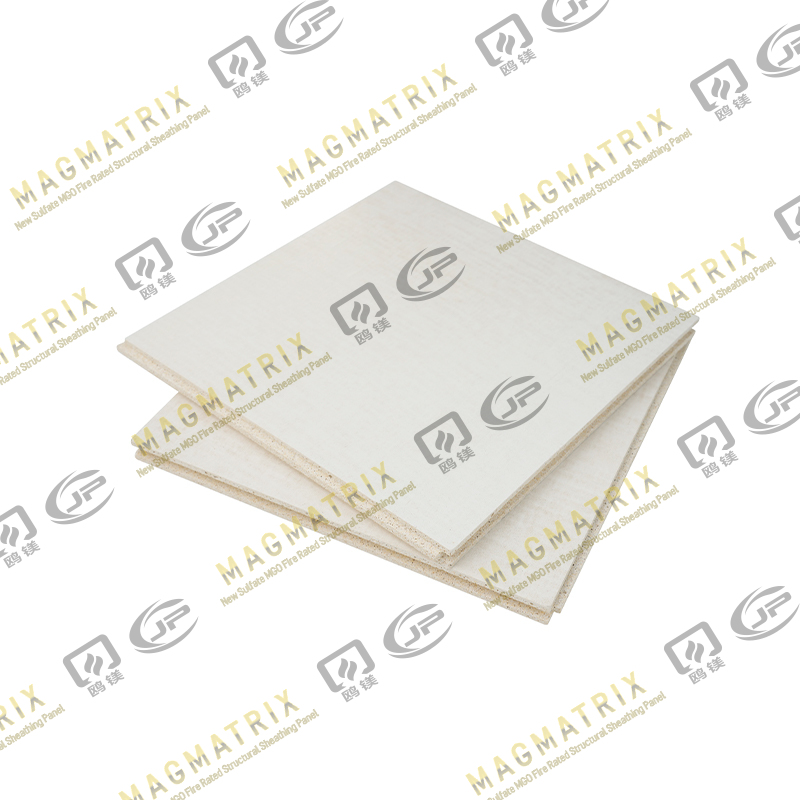Fire safety is a critical concern in modern construction and architecture. Buildings today are designed not only to be aesthetically pleasing and energy-efficient but also to protect occupants from fire hazards. One material that has increasingly gained attention for its fire-resistant properties is the magnesium oxide panel. Often referred to as MgO board, this material is recognized for its ability to enhance the fire safety of both residential and commercial structures.
Understanding Magnesium Oxide Panels
Magnesium oxide panels are composite boards made primarily from magnesium oxide, a naturally occurring mineral. They often include other components such as magnesium chloride, perlite, and cellulose fibers. These materials are combined and pressed into panels that can be used for walls, ceilings, floors, and exterior cladding. Unlike traditional gypsum boards or plywood, magnesium oxide panels are non-combustible, highly durable, and resistant to moisture, mold, and insects. These characteristics make them particularly suitable for applications where fire safety is a priority.
Fire Resistance Properties
The primary fire safety advantage of magnesium oxide panels lies in their high fire resistance. MgO panels are inherently non-combustible, meaning they do not ignite or contribute to the spread of fire. In laboratory tests, magnesium oxide panels can withstand extremely high temperatures for extended periods without deformation or loss of structural integrity. This property makes them a valuable material in buildings where fire containment is crucial, such as hospitals, schools, hotels, and high-rise apartments.
Unlike traditional construction materials like wood, which can catch fire and release toxic smoke, magnesium oxide panels act as a barrier against flames. When installed in walls and ceilings, they help slow down the spread of fire, giving occupants more time to evacuate safely and reducing potential damage to the building.
Reduced Smoke Emission
One of the often-overlooked dangers of fire is smoke inhalation. Many fires cause more fatalities from smoke and toxic gases than from the flames themselves. Magnesium oxide panels have the advantage of producing little to no smoke when exposed to high heat. They do not release toxic fumes, unlike some synthetic materials or treated woods that can emit dangerous gases such as carbon monoxide or hydrogen cyanide during combustion. By reducing smoke emission, magnesium oxide panels contribute significantly to overall fire safety and improve the likelihood of safe evacuation during a fire.
Heat Insulation During Fire
In addition to being non-combustible, magnesium oxide panels also offer thermal insulation benefits. During a fire, heat transfer through walls can accelerate the spread of flames to adjacent rooms or floors. MgO panels have low thermal conductivity, which means they do not transfer heat rapidly. This property helps in containing the fire within a specific area and protects structural elements from extreme temperatures. By limiting heat spread, these panels can reduce structural damage and increase the window of time available for firefighting efforts.
Structural Stability Under Fire Conditions
Fire can weaken structural elements such as steel or concrete, leading to partial or total collapse. Magnesium oxide panels provide an added layer of protection to these structures. Because they maintain their integrity at high temperatures, they can shield structural components from direct exposure to flames. For example, in high-rise buildings, walls lined with magnesium oxide panels can act as a fire barrier, slowing down the rate at which fire affects steel beams or reinforced concrete. This stability is essential in maintaining the overall safety of the building during a fire emergency.
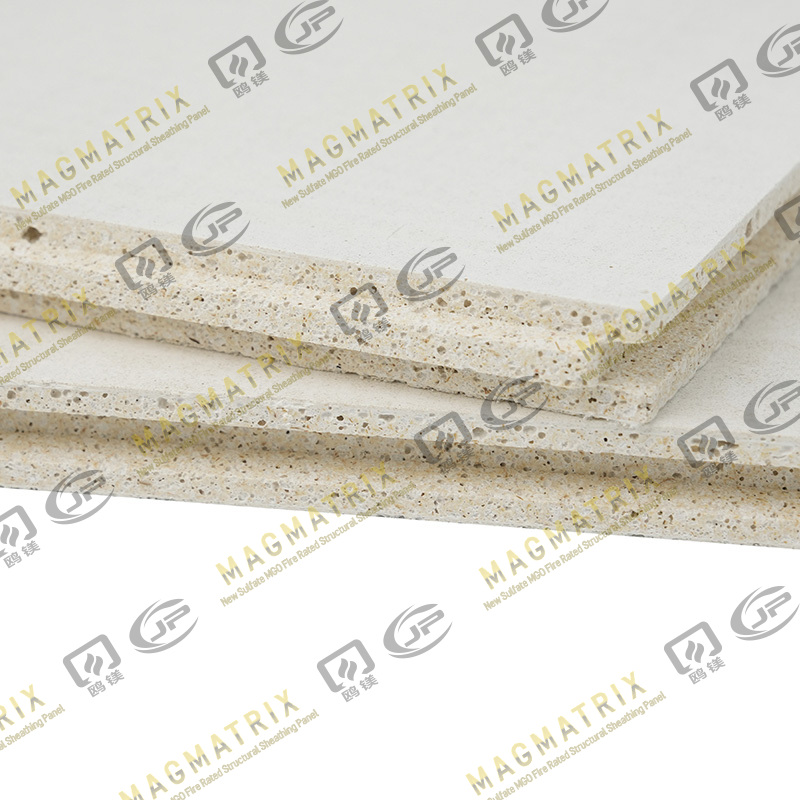
Compliance with Fire Safety Standards
Modern construction projects are subject to strict fire safety regulations. Magnesium oxide panels are widely recognized in the industry for meeting or exceeding fire safety standards. Many national and international standards classify MgO boards as non-combustible materials suitable for fire-rated wall and ceiling assemblies. Their compliance simplifies the process for architects, engineers, and builders seeking to achieve high fire safety ratings without resorting to complex multi-layer fireproofing solutions.
Moisture and Mold Resistance Enhances Fire Safety
While not directly related to fire resistance, the moisture and mold resistance of magnesium oxide panels contributes indirectly to fire safety. Materials that absorb water, such as wood, can compromise structural integrity and promote mold growth, which may weaken walls and ceilings over time. Weak or decayed materials are more susceptible to fire damage. By maintaining durability even in humid conditions, magnesium oxide panels ensure that the fire-resistant properties of the walls remain effective throughout the building’s lifecycle.
Application Versatility
Magnesium oxide panels are versatile and can be applied in various ways to enhance fire safety. They can be used for interior walls, exterior cladding, ceilings, floors, and even partitions. They can also be incorporated into fire-rated assemblies with other materials, such as steel frames or insulation boards, to create multi-layered protection. Their adaptability allows architects and builders to design spaces that meet both aesthetic and safety requirements without compromising on fire resistance.
Long-Term Cost Benefits
Investing in fire-resistant materials such as magnesium oxide panels can provide long-term cost benefits. Buildings constructed with MgO boards are less likely to suffer catastrophic damage in a fire, which reduces repair costs and insurance premiums. Additionally, their durability and resistance to environmental damage mean that they require less frequent replacement or maintenance, adding to their economic advantage over time.
Environmental Considerations
Magnesium oxide panels are considered environmentally friendly compared to other fire-resistant materials that may contain harmful chemicals. They are made from abundant natural minerals, are recyclable, and do not emit toxic fumes when exposed to fire. This combination of safety and environmental responsibility makes MgO panels an attractive choice for sustainable building practices.
Case Studies and Real-World Applications
Several construction projects worldwide have adopted magnesium oxide panels for their fire safety advantages. In residential high-rises, they are used to line walls and ceilings, ensuring that fire does not spread quickly from apartment to apartment. In hospitals and schools, where safe evacuation is critical, MgO panels provide a non-combustible barrier that enhances overall safety. Industrial facilities also benefit from using these panels to protect equipment and personnel from fire hazards.
Installation and Maintenance
Proper installation is key to maximizing the fire safety benefits of magnesium oxide panels. The panels should be securely fastened and sealed at joints to prevent gaps that could allow flames or smoke to penetrate. Maintenance is minimal, as the panels do not degrade easily and retain their fire-resistant properties over time. Regular inspections can ensure that the protective layer remains intact, preserving both safety and structural performance.
Conclusion
Fire safety is a fundamental aspect of modern construction, and the choice of materials plays a crucial role in protecting lives and property. Magnesium oxide panels offer a combination of non-combustibility, low smoke emission, thermal insulation, structural stability, and environmental friendliness that makes them an excellent option for enhancing fire safety in buildings. Their compliance with fire safety standards, versatility in application, and long-term durability make them a practical investment for architects, builders, and property owners alike.
By incorporating magnesium oxide panels into walls, ceilings, and other structural components, buildings can achieve higher fire safety ratings and provide occupants with better protection during emergencies. While no material can guarantee complete immunity from fire, magnesium oxide panels represent a reliable and effective solution for reducing fire risks and improving overall building resilience.
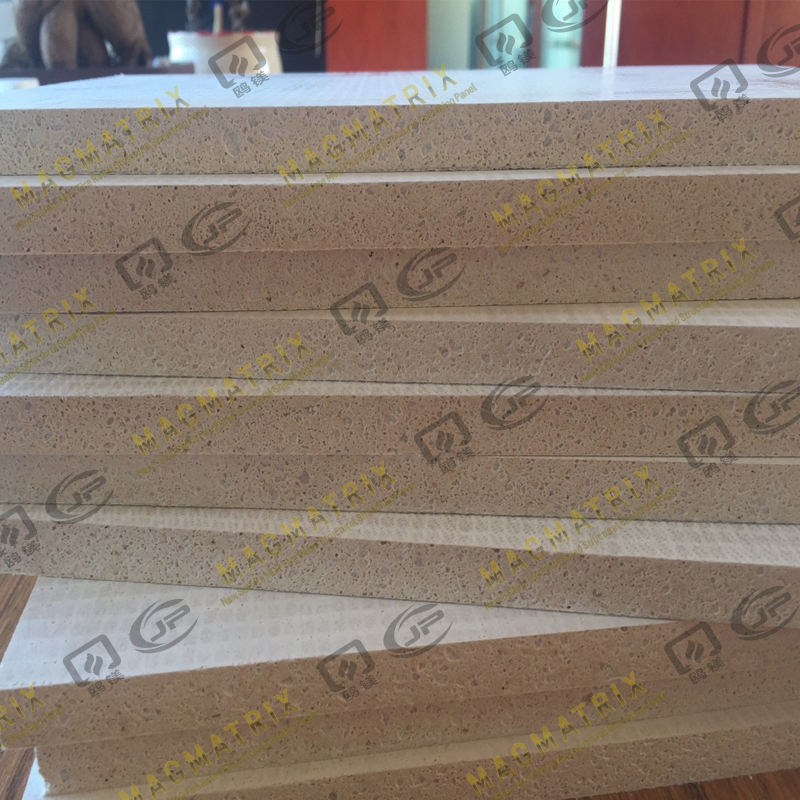 BMSC 517 New Sulfate MgO Board
BMSC 517 New Sulfate MgO Board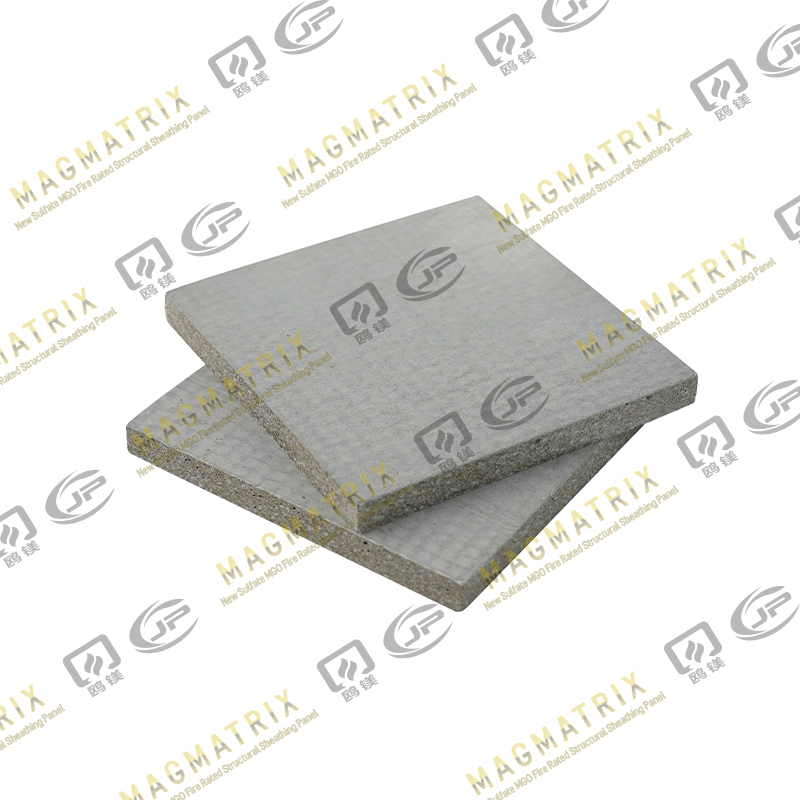 Multi-Support MgO Wall Sheathing Board
Multi-Support MgO Wall Sheathing Board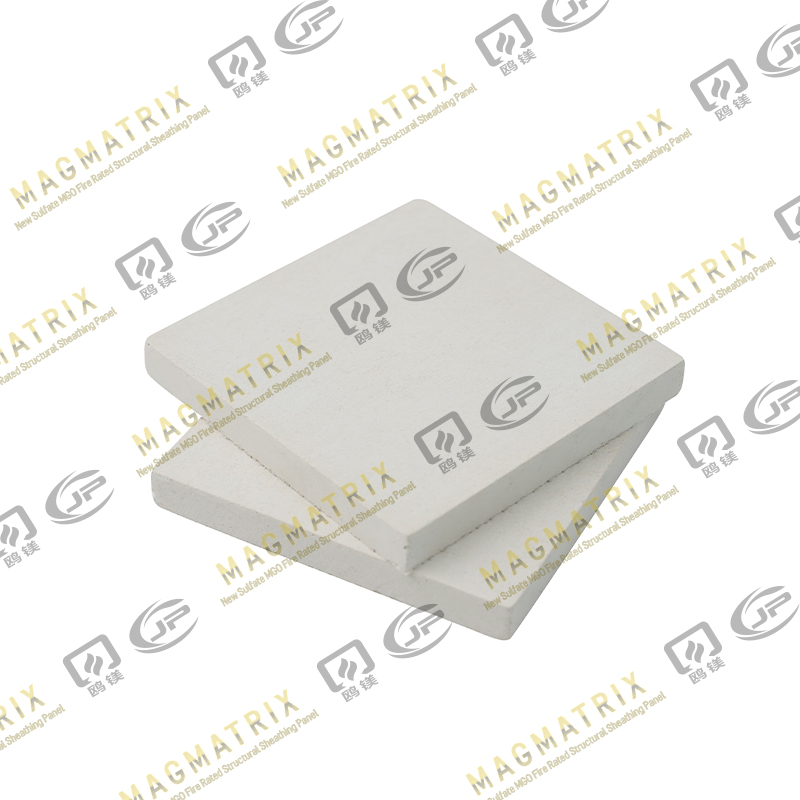 Perseverance MgO Wall Sheathing Board
Perseverance MgO Wall Sheathing Board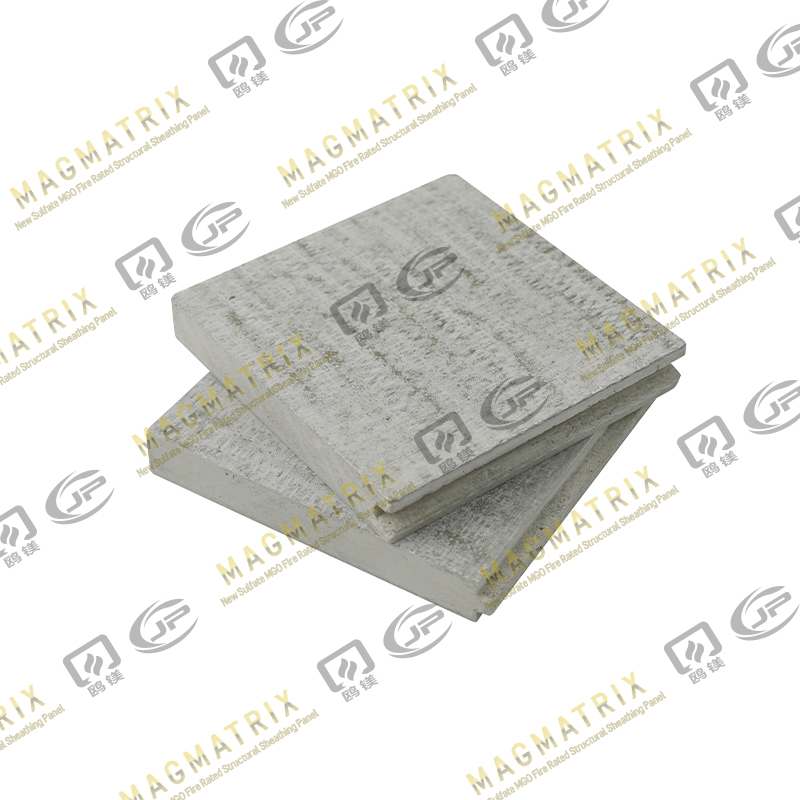 Multi-Support MgO Subfloor Sheathing Board
Multi-Support MgO Subfloor Sheathing Board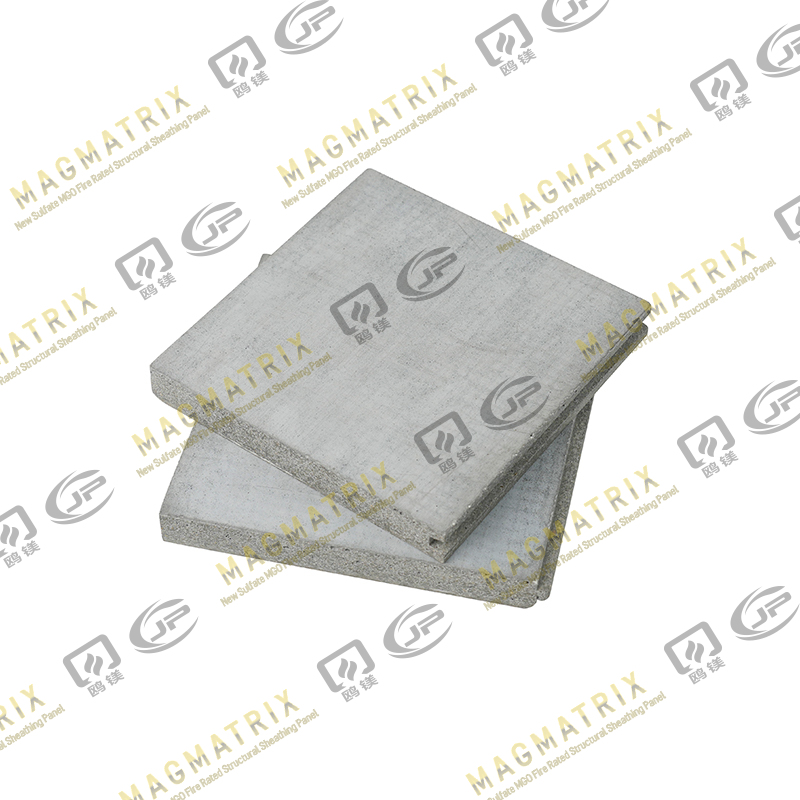 Perseverance MgO Subfloor Sheathing Board
Perseverance MgO Subfloor Sheathing Board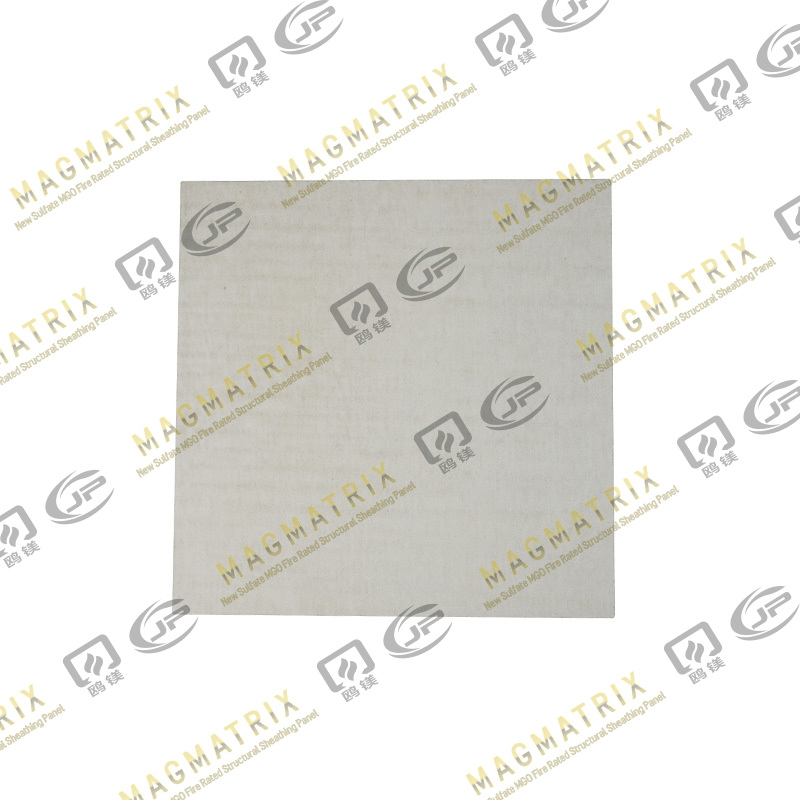 MagMatrix MgO Underlayment Panel/board
MagMatrix MgO Underlayment Panel/board


 English
English русский
русский Español
Español
